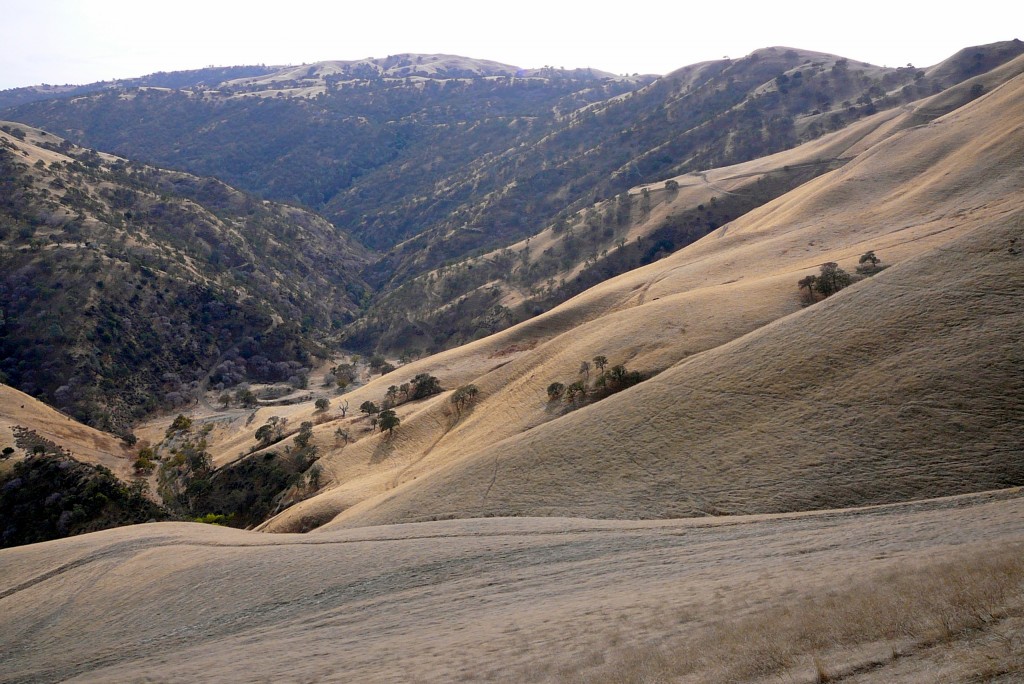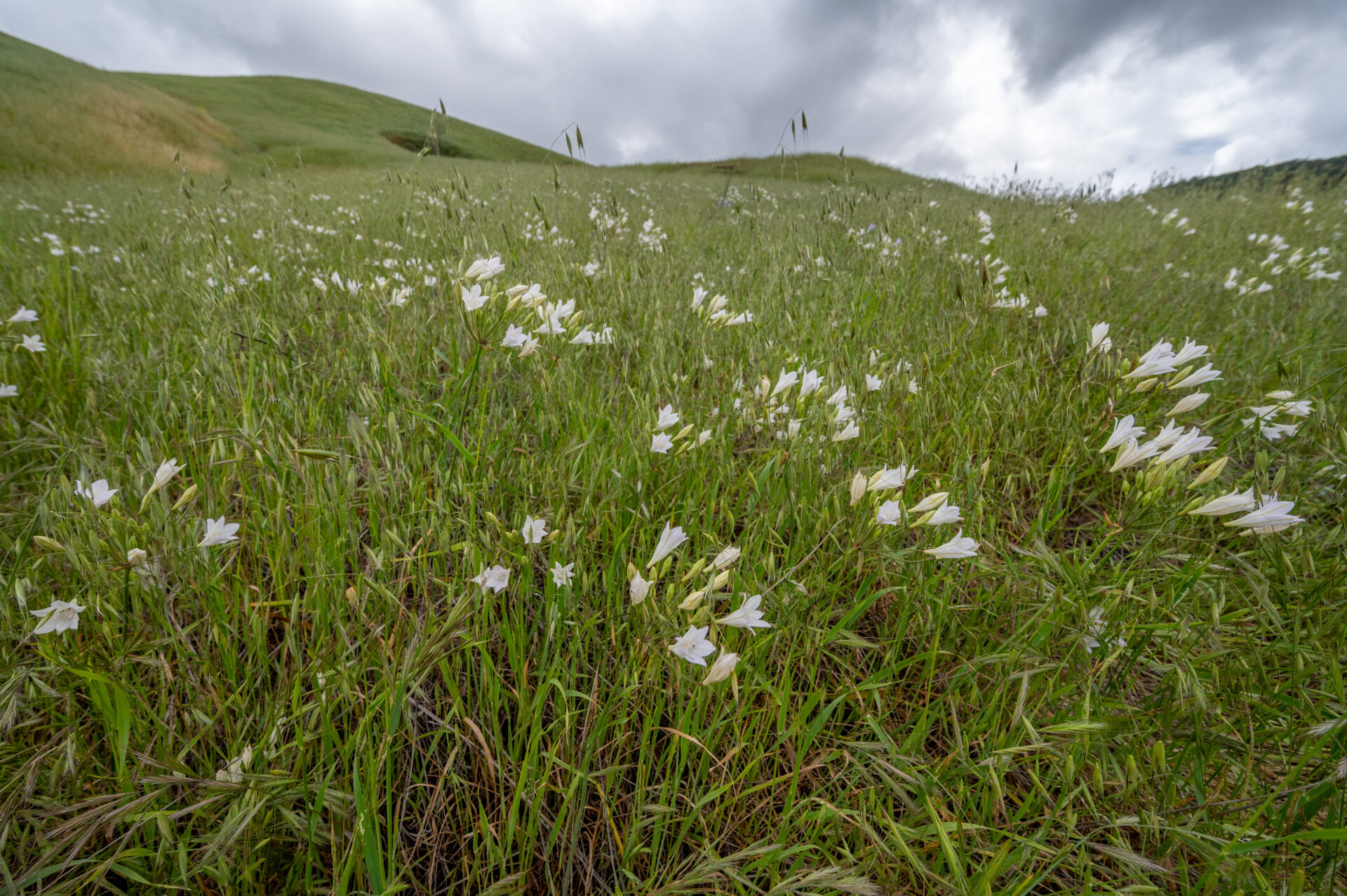The experience of Indigenous people with the Tesla wildlands and their current aspirations for permanent protection of their ancestral lands are a driving force in our conservation efforts. During prehistoric times, the Corral Hollow Canyon provided hunting, gathering and trading grounds for Northern Valley Yokuts from the floor of the Central Valley, Costanoan/Ohlone people from the East Bay, and other tribes in the region. Tesla includes several archeological features and sacred sites of Indigenous tribes, such as unique bedrock mortars and rare pre-historic rock carvings. One overlooking Mount Diablo and the Central Valley is thought to be a ceremonial site with some estimates at 4,000 years old. These archeological features and sacred sites are part of the entire Tribal Cultural Landscape of Tesla. The oak woodlands, springs and creeks, medicinal plants, wildlife, and more, that cover all of Tesla are central to Tesla’s Native American cultural heritage.

From the mid-1770s, the canyon pass, then called El Camino Viejo, from the Livermore Valley to the San Joaquin Valley was the route used by the Spanish to travel from the East Bay to the Central Valley and then to Southern California.

In the mid-1800s, the first commercial coal mines in the State were opened in the Tesla area. In the 1890s a large-scale commercial mining operation for coal, clay and sand was built and the company town of Tesla flourished for two decades. After a devastating 1911 flood, the mines and town were abandoned for salvage. Today, the historic townsite has largely reverted to its natural condition, but its cultural landscape remains.
Tesla’s rich cultural history combines with its rare biological resources to provide a unique public experience.

